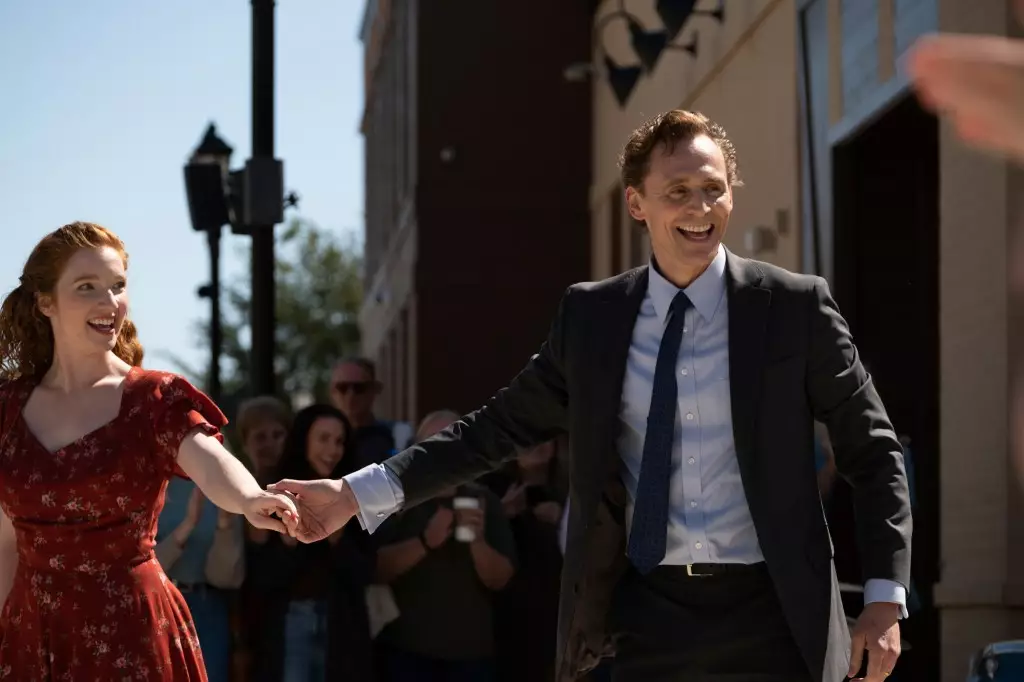For decades, Hollywood has marketed its big releases as groundbreaking artistic endeavors, yet beneath the veneer lies a factory churning out the same product—repackaged stories with familiar characters, high-octane visuals, and predictable plotlines. Recent box office numbers might suggest a thriving cinematic landscape, but the truth is far more troubling. The core issue isn’t just the dwindling quality of films; it’s the sterile industry machinery that prioritizes safe bets over genuine creativity. This obsession with the blockbuster has created a monopolistic environment where true innovation is sidelined, and art is sacrificed on the altar of commercialism.
As Hollywood doubles down on franchises like Jurassic Park and Superman, the industry anchors itself in nostalgia rather than exploration. These franchises are less about storytelling and more about brand recognition. The thrill of discovering something new has become a casualty, replaced by the safe certainty of pre-sold audiences. Meanwhile, independent and daring filmmakers find themselves marginal, unable to secure financing or distribution for projects that challenge conventions. This systemic issue isn’t simply about greed; it’s about an industry that has curdled into a self-referential echo chamber.
The Myth of the Summer Blockbuster and Its Dead-End Path
The mythic summer blockbuster originated in a time when Hollywood was trying to capture the youthful energy of new audiences, often producing movies that felt like a serendipitous discovery rather than a calculated product. Films such as *American Graffiti* and *Stand By Me* were surprising, heartfelt stories that resonated because they weren’t mass-produced. They arrived amidst a backdrop of behind-the-scenes chaos—delays, budget overruns, studio interference—that paradoxically amplified their authenticity and appeal.
However, over time, Hollywood has shifted from this accidental magic to a calculated formula. The pursuit of blockbuster dominance has become so relentless that part of the industry has forgotten how to create stories that surprise or challenge viewers. Instead, they mimic successful formulas, flooding theaters with similar disasters or action flicks, like *Deep Impact* and *Armageddon*, which differ only in superficial details. This predictable cycle stifles originality and constructs an environment where true cinematic bravery is deemed too risky or unprofitable.
The Future of Film: Shallow Releases in a Crowded Market
Right now, it’s easier than ever to find a new film—yet harder than ever to find truly meaningful cinema. The current lineup of upcoming releases reveals a disturbing trend: most are unbranded, lacking recognizable stars, novel concepts, or compelling storytelling. Many arrive in theaters unnoticed, fighting for attention in a cluttered marketplace that prizes marketing budgets over artistic vision. Festival buzz and independent picks make sporadic appearances, but they rarely translate into widespread success or cultural impact.
This environment discourages innovation and elevates the standardization of content. When studios chase after the next guaranteed hit, they become risk-averse, shunning projects that might challenge audiences or push boundaries. As a result, the industry risks stagnation, with each new release feeling increasingly like a carbon copy of the last. The classic “surprise hit”—a film that takes daring chances and unexpectedly captures the zeitgeist—is becoming an endangered species.
The Hope for a Return to Authentic Creativity
Despite the bleak outlook, there are signs of resilience among independent filmmakers and niche distributors willing to take risks. Films like *Chuck*, a modest yet ambitious story based on Stephen King’s short stories, exemplify a desire for authentic storytelling over spectacle. Such projects may lack major stars or blockbuster effects, but they often offer fresh perspectives, creative narrative structures, and emotional depth that mass-market releases cannot replicate.
However, distribution remains a major obstacle. Larger studios prefer the safety of franchise extensions and sequels, leaving innovative projects to struggle for visibility, much like the quiet reception of *Chuck*. Part of the solution lies in consumers demanding more than just spectacle—supporting films that challenge conventions and truly reflect artistic growth. Hollywood must recognize that sustaining a film industry based solely on predictable hits is a flawed strategy—one that ultimately impoverishes cultural dialogue and stunts the medium’s evolution.
In the end, Hollywood’s obsession with rebuilding its blockbuster empire neglects the very essence of cinema: to surprise, to provoke, and to inspire. Without a fundamental shift towards supporting genuine storytelling, the industry risks becoming nothing more than a glossy façade—an illusion of innovation masking a barren landscape of creative death.

